Use this subject-verb agreement PowerPoint to teach your students about singular and plural subject-verb agreement in a clear and engaging way.
Teach Sentence Structure with This Subject-Verb Agreement PowerPoint
Have you ever read a sentence in a student’s work and thought to yourself, “That doesn’t sound quite right?” Chances are that incorrect subject-verb agreement is the culprit!
This 19-slide teaching presentation has been created by our experienced teacher team to help you introduce the rules of subject-verb agreement to your students. Designed especially for Year 3 students, this resource introduces simple rules for matching subjects with the correct verb forms, reinforcing singular and plural agreement with clear examples and engaging visuals.
By engaging with this resource, your students will learn about:
- Rules for singular subjects
- Rules for plural subjects
- Special cases (“I” and “You”)
To keep your learners on task, the presentation also includes a variety of review activities. These activities provide a great touchpoint for teachers, enabling them to check whether students are grasping the content being presented.
This subject-verb agreement PowerPoint can be downloaded as either a Microsoft file or a Google Slides file. Be sure to use the file in slideshow mode, as the presentation does include some simple animations.
Supplementary Activities for This PowerPoint Presentation on Subject-Verb Agreement
This slide deck makes an excellent starting point when it comes to teaching your students about subject-verb agreement. If you’re looking for some additional activity ideas for your students to complete after they have engaged with the PowerPoint, you might like to consider some of the tasks below:
- Mini Whiteboard Game – Provide students with a mini whiteboard and a whiteboard marker. Say a sentence aloud with incorrect subject-verb agreement, then let students correct it by writing the proper form of the verb on their whiteboards.
- Correct the Sentence – Sit students in a circle. The starter must say a sentence with incorrect subject-verb agreement. The next student must correct the sentence, then say a new incorrect sentence for the next student to fix.
- Peer Editing – Have students write a short paragraph featuring a number of singular and plural subjects, then have them swap these with a partner for checking. This provides an opportunity for both independent practice and collaborative learning.
Download This Subject Verb Agreement PowerPoint Today!
Ready to bring this subject-verb agreement PowerPoint into your classroom? Use the dropdown menu on the Download button to access the Microsoft PowerPoint or Google Slides version of this slideshow. (Note: You will be prompted to make a copy of the Google Slides presentation before accessing it.)
Project the resource onto your screen and work through the slides as a class for a paperless lesson on singular and plural subject-verb agreement!
This resource was created by Kaylyn Chupp, a teacher and a Teach Starter collaborator.
Resources to Complement This PowerPoint on Subject Verb Agreement
Are you looking for more resources to support your teaching of subject-verb agreement? Good news! Teach Starter has many more teacher-created, curriculum-aligned resources available!
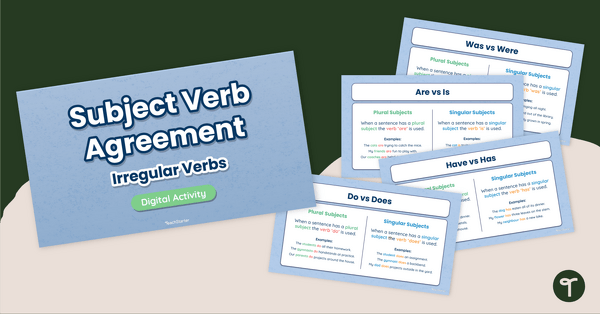
teaching resource
Digital Subject Verb Agreement Activity
Teach subject-verb agreement of irregular verbs with this engaging digital activity, where students will master tricky pairs like was/were, is/are, has/have and do/does.
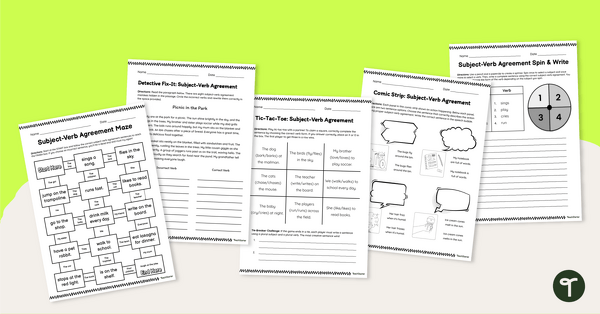
teaching resource
Subject Verb Agreement Singular and Plural Worksheet Pack
Enhance student understanding of subject-verb agreement (singular and plural) with this set of five engaging worksheets perfect for primary school grammar lessons.
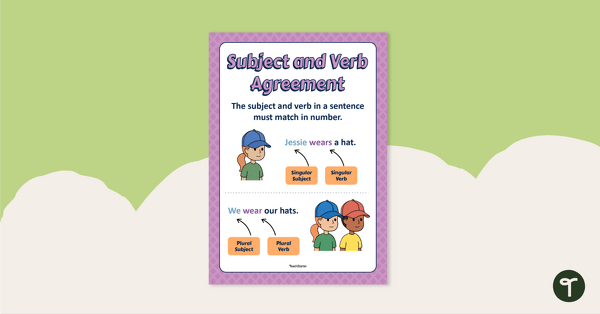
teaching resource
Subject Verb Agreement Poster
Display this subject-verb agreement poster in your classroom to help students master singular and plural subject-verb pairs with clear explanations and example sentences.
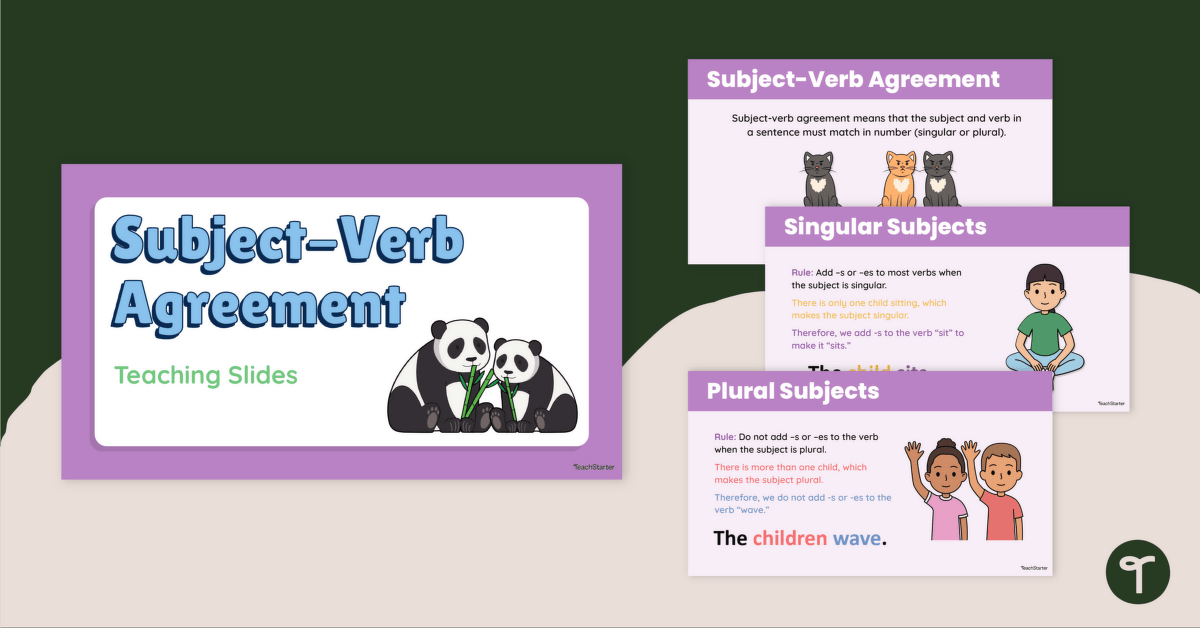

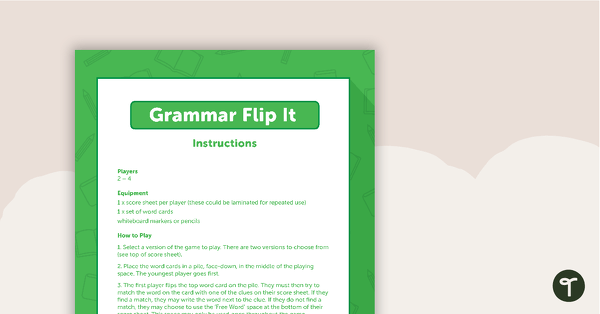
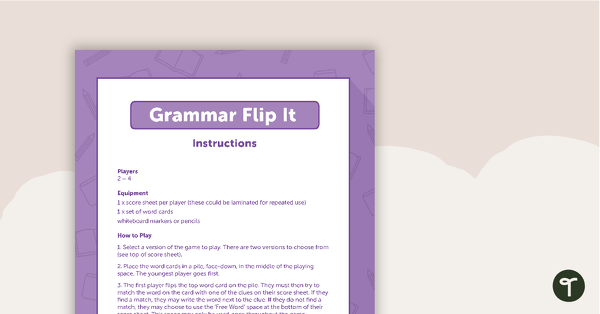

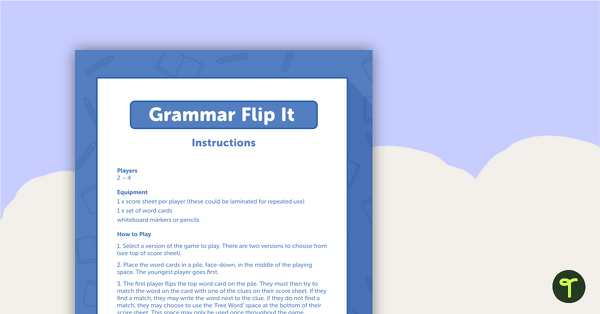



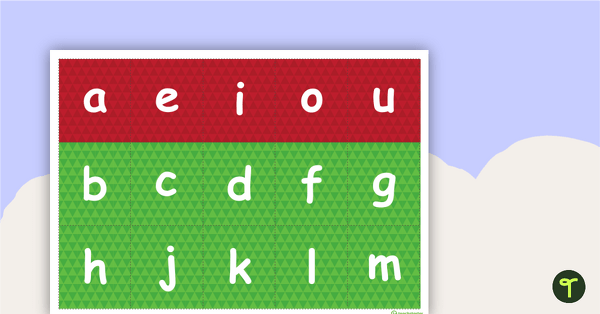
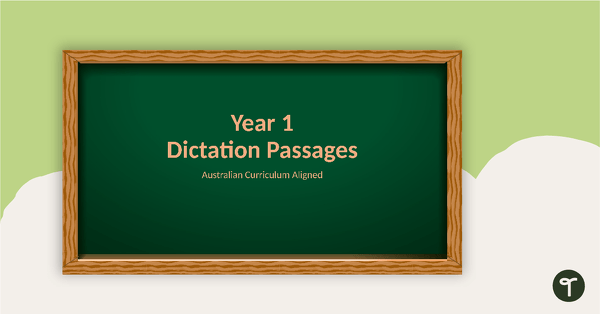
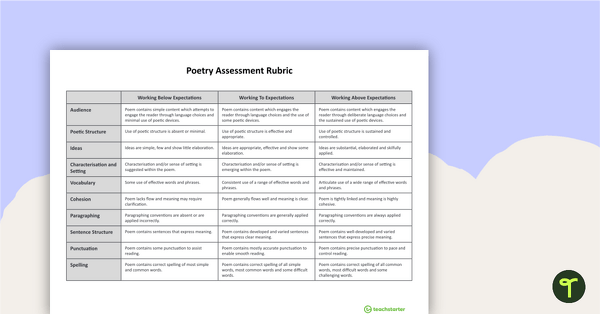
0 Comments
Write a review to help other teachers and parents like yourself. If you'd like to request a change to this resource, or report an error, select the corresponding tab above.